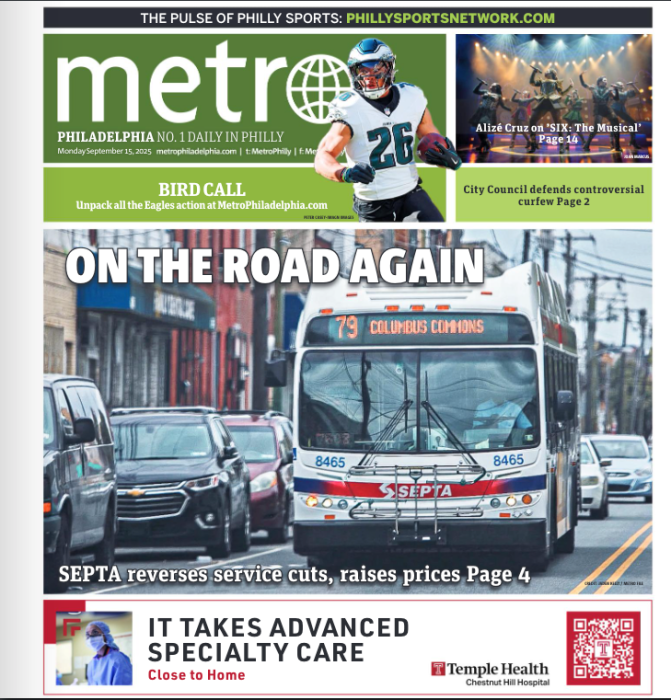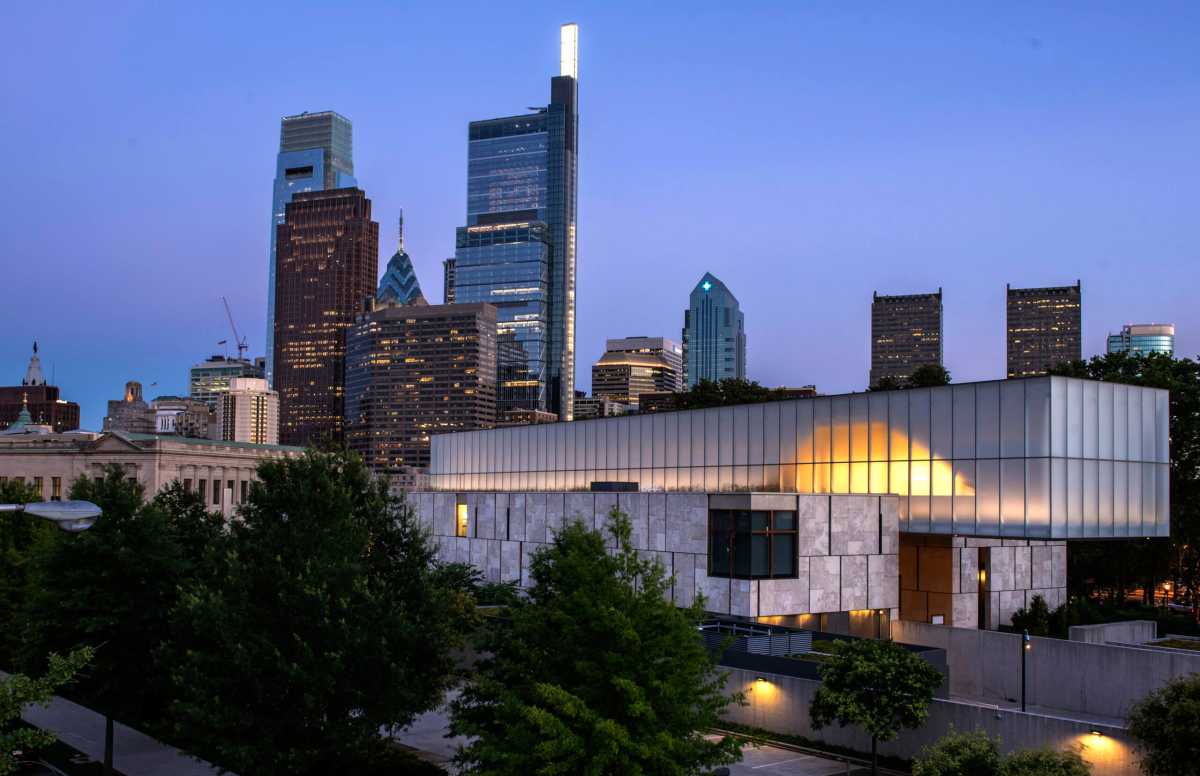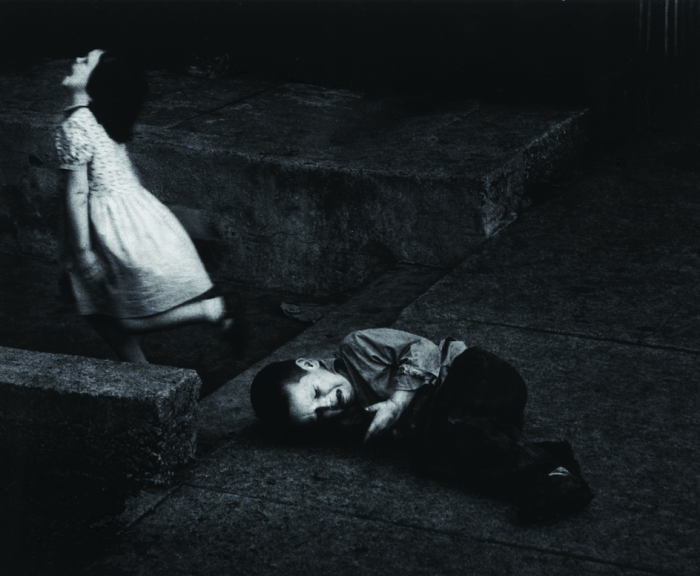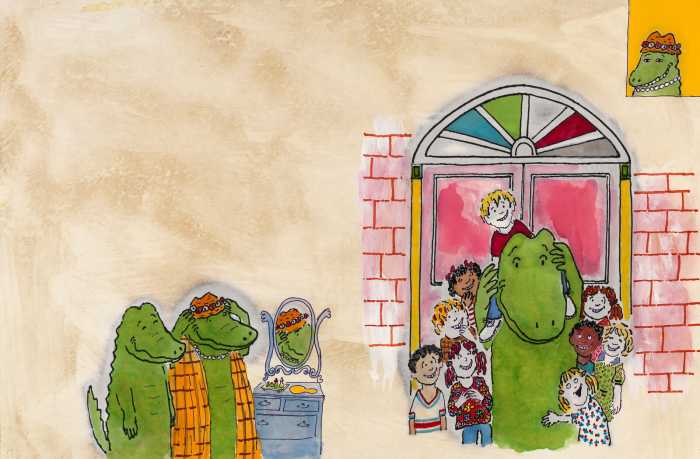At a time when there are so many uncertainties, it helps to find a sense of hope once again, and art can help with that. In fact, art already has for one virtuoso woodcarver, Elijah Pierce. Pierce was also a preacher and a barber, and over the course of 50 years, he produced an incredible body of work in moments between cutting hair. The Barnes was able to amass a good chunk of his work, much of which is from private collections, to have on display which marks the first major retrospective of Pierce’s work outside his hometown of Columbus for more than 25 years.
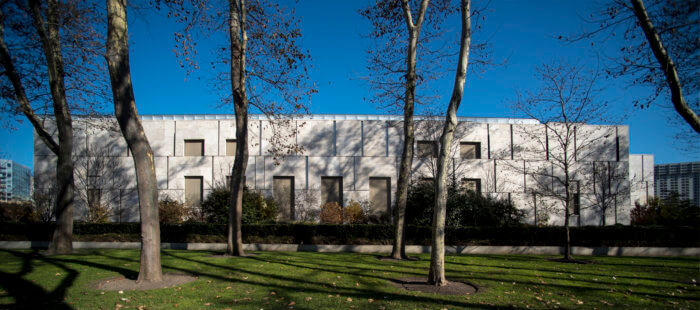
“Pierce’s work is wonderful and joyous and uplifting, and I think really strikes a chord for many of us,” says Dr. Nancy Ireson, Deputy Director for Collections and Exhibitions & Gund Family Chief Curator at the Barnes, who alongside Dr. Zoé Whitley, Director of Chisenhale Gallery in London, co-curated the exhibit. “Elijah Pierce’s America features more than 100 rarely seen works. His career spans from the 1920s to the 1980s, and he really covers the whole of the American 20th century. So, you have everything in there: You have political events, you have the second World War, you have the fight for Civil Rights in the 60s, you have JFK and Martin Luther King —but you also have popular figures like Popeye, Joe Lewis, Lena Horn and even Warren Beatty, just sort of a whole line-up of familiar figures. A lot of what he does really relates to human experience, whether that’s hope or trying to keep the faith or trying to do the right thing, and I think there really is something for everybody in Pierce’s work and it’s really relatable.”
For this specific exhibition, Philadelphians will be able to check out a plethora of pieces from Pierce’s work which spans over 50 years. One standout, and perhaps one of Pierce’s most notable works is ‘The Book of Wood’ which he made in 1932 after prompted by his second wife Cornelia.
“This is Pierce’s most highly prized work, he began to make it in the 1930s when times were hard and his wife had a wonderful idea that they could make a book of wood,” says Ireson. “Pierce tells at the time, he thought it was a crazy idea—but what he did was he carved these large wooden pages and it documents different Bible stories. So, you have the Nativity and various other things and Pierce and his second wife Cornelia would take this book and travel around America to places like Omaha, and they would show the book to interested audiences.”
Being a preacher, traveling with this work made sense for Pierce. This particular piece was so special to him that he chose not to sell it, and instead kept it in his barbershop. People would then come from all over to see this particularly prized piece.
“Another piece that I like is one that Pierce made for his mother in the 1940s, it’s a large-sized dollhouse,” adds Ireson. “Pierce didn’t just do relief carvings, he also made free-standing pieces and this wonderful dollhouse has a little figure of his mother in one of the upper rooms and she was attended to by a nurse. Pierce said he would have done anything for his mother, and you really get this intimacy to it and this real sense of family and really wanting to do the best for your family. Again, so many of us can relate to that. It’s a really touching work.”
Pierce may not be classically trained in the arts, but that is precisely what also makes him a perfect fit for the Barnes Foundation. Dr. Barnes prided himself on showcasing works from artists of all backgrounds, and also was just as vocal as Pierce regarding civil rights and social issues.
“Elijah Pierce seemed like a really natural choice for us at the Barnes,” says Ireson. “A lot of the people that you see in the permanent collections are self-taught artists—people like Henri Rosseau, Paul Guillotine and Horace Pippen were trained themselves, and Barnes showed their work alongside people who had the schooling like Matisse and Picasso. Barnes has a real connection to social justice, and that’s something we also see in Pierce’s carvings. Pierce was an advocate of the Civil Rights movement, he didn’t shy away from those kinds of issues. So, I think on many different levels, it’s a really good fit for us.”
Pierce’s work has lived through and showcased some unsettling times. Although the circumstances are different than how they are now, the sentiment of not knowing what the future holds has left many feeling wary—both then and now. This exhibition was originally set to call The Barnes home in June, but as COVID-19 hit plans were put on hold until now. However, the timing might be more relevant than ever given what Pierce’s work evokes from those who view it.
“I think that for me, one of the key things is that it’s a really uplifting show,” says Ireson. “I think now more than ever the sheer joy that you find in Pierce’s work—the sheer hope and kind of trust and goodness is really key. I hope that people feel uplifted by it, one of the rooms in the show is actually called ‘Joy.’ I think we all need art to kind of enrich our lives at the moment, and when I first saw Pierce’s work it made me smile. Because he’s so wonderfully inventive, a lot of work he does relates to spirituality and often he uses glitter to describe the heavenly host. He uses materials in a really inventive way that I think is very joyous.”
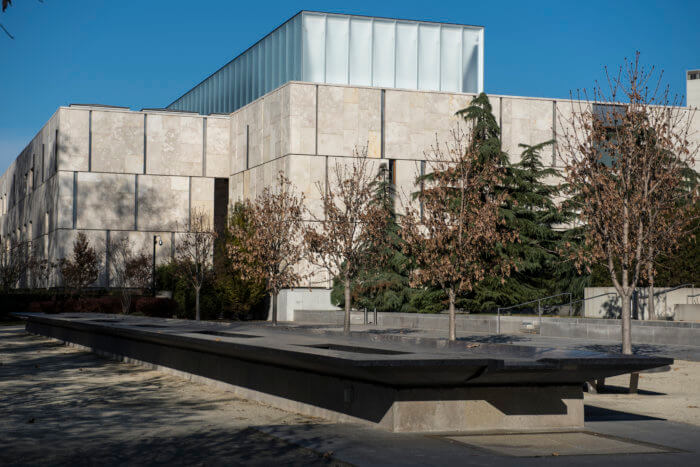
According to a release, Pierce’s work utilizes many techniques and materials that evoke uplifting senses using wood, corrugated cardboard, crepe paper, house paint, aluminum foil, glitter, and rhinestones to create extraordinary objects that expressed his faith, values, and perspective on the world. The artist’s views have withheld through dark times in the country, and will undoubtedly do the same amidst a pandemic.
As Pierce said to his wife in 1923 after carving her an elephant, one of his first pieces: “If you like that ugly thing so well, then I’ll carve you a whole Zoo.”
Pierce’s work will be on display at The Barnes Foundation from Sept. 27th to January 21, 2021. For more information, visit barnesfoundation.org
